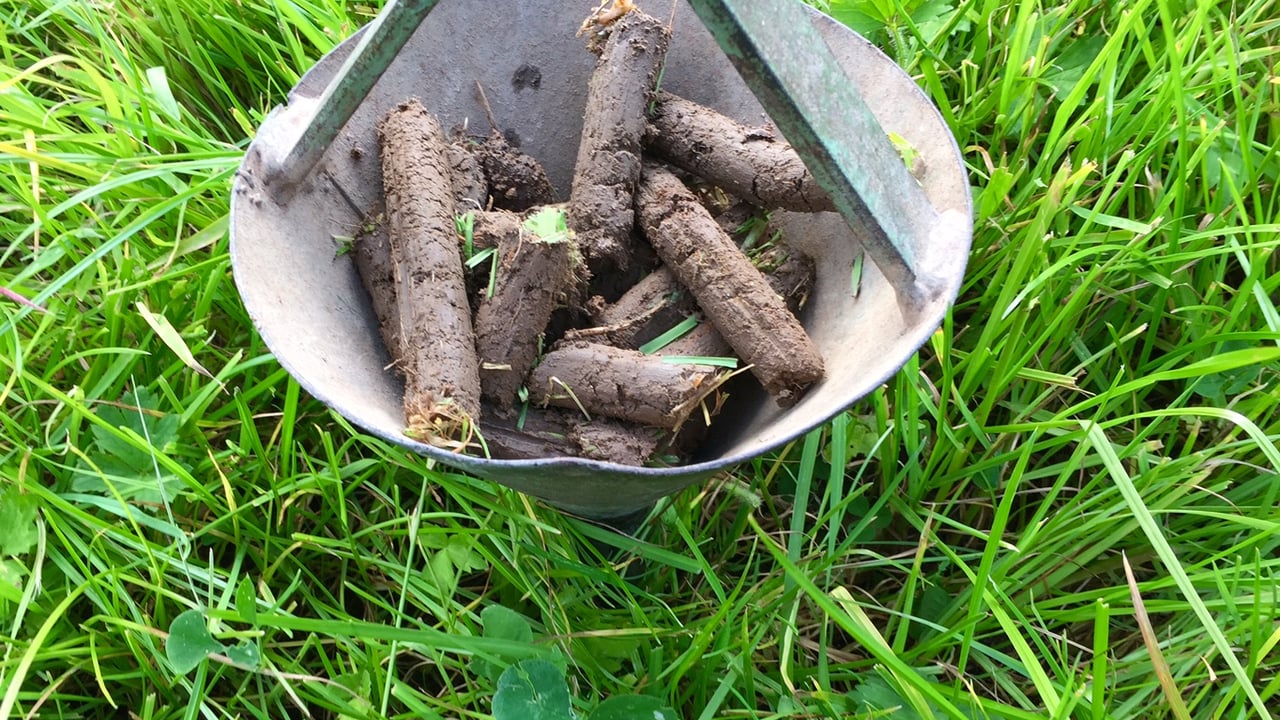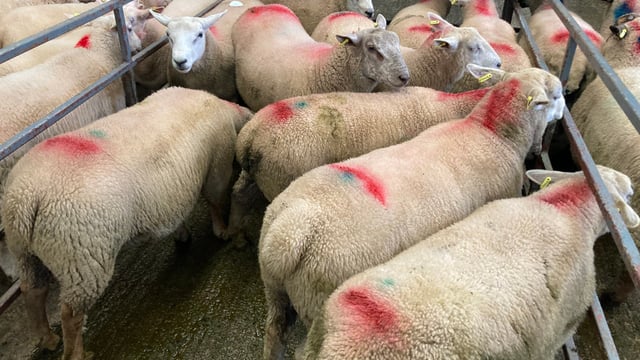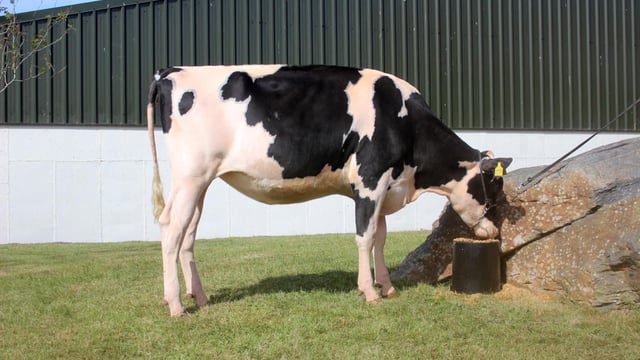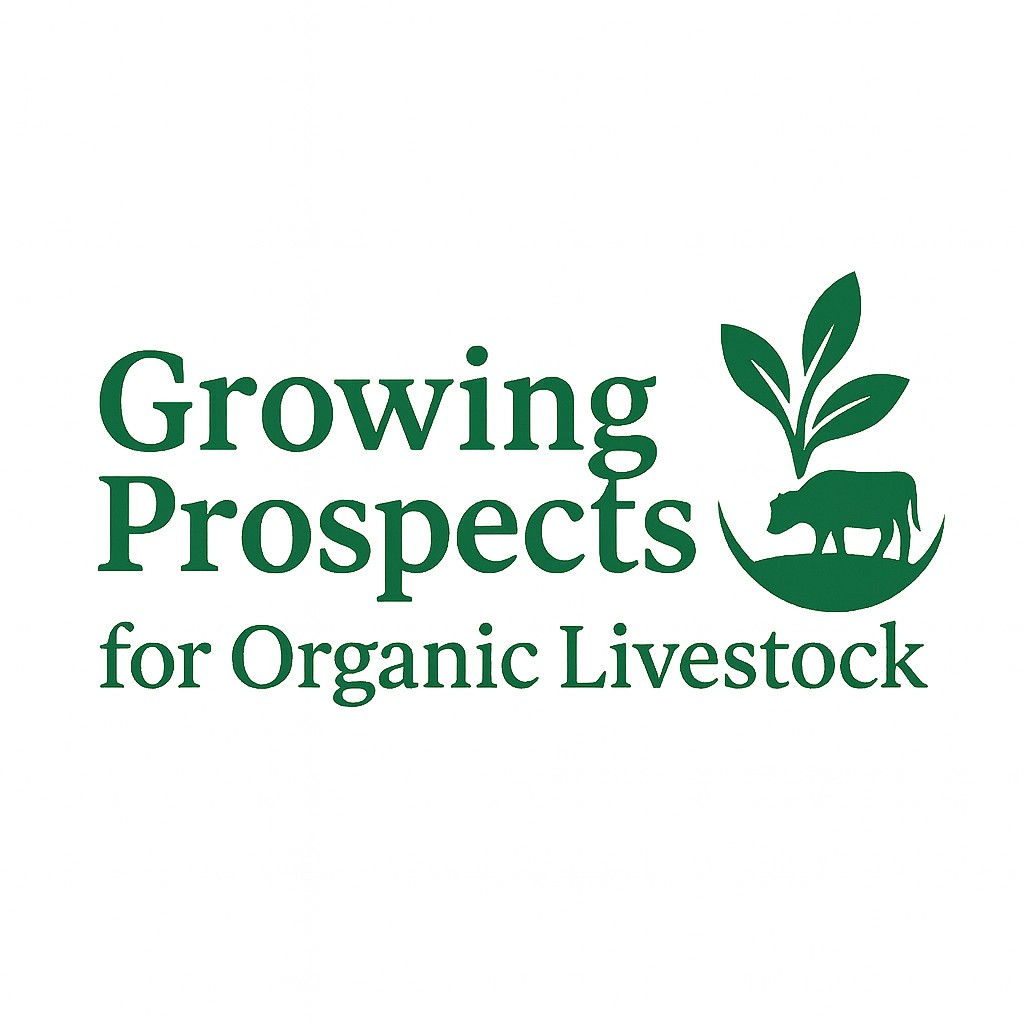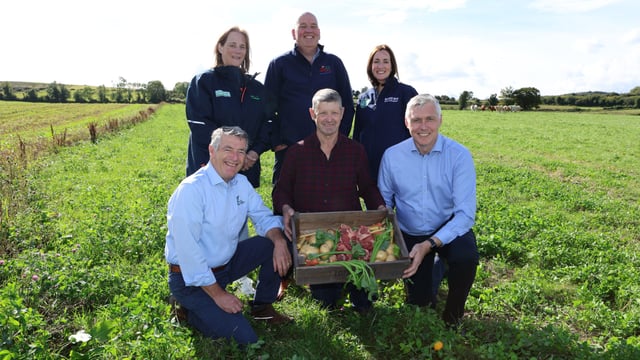Soil fertility levels on tillage farms down 6% in 2021
Soil fertility levels fell by 6% on tillage farms last year. The results represent a wake-up call for the sector.
This is a key conclusion from a soil analysis survey carried out in 2021, the results of which have just been published by Teagasc.
On the upside, the work also shows that the number of soil samples submitted by Irish tillage farmers increased by 17%, relative to 2020.
Last year Teagasc analysed a total of 33,876 soil samples comprising dairy, drystock and tillage enterprises. Overall, soil sample numbers increased by 13% on 2020.
On tillage farms, 3,794 soil samples were taken, which represents an approximate 17% increase in soil samples compared to 2020.
According to Teagasc, this trend was primarily driven by the significant increases in the cost of nitrogen (N), phosphorous (P) and potash (K) fertilisers projected in mid-2021 and the drive to maintain crop margins this year.
Within the tillage sector, the main changes identified for soil pH, P and K in 2021 are as follows: 18% of soils have optimum pH >6.5 P and K – Index 3 (6 % decrease); 61% of soils had a soil pH >6.5 (13% decrease); 57%of soils were at a P index 1 and 2 (7% increase); 32% of soils were at a K Index 1 and 2 (2% decrease).
Teagasc soil specialist Mark Plunkett explained: “The data set reveals a 6% drop in soil fertility for the first time in 10 years on tillage farms.
“We cannot look at one year in isolation as soil fertility trends need to be assessed over a three to four-year time-frame to establish real soil fertility trends.
“Building soil fertility takes time, so it is important to take stock of this one-year emerging trend in the tillage soils database.”
According to Teagasc, this emerging trend of a drop in soil fertility on tillage farms is mainly driven by a decrease (-13%) in soil pH and soil P (-7%) results.
Soil K levels continue to improve (+2%) with less soils testing at K Index 1 and 2. This is a reflection of fertiliser use practice change to higher K compounds over the last 10-15 years.
Recently released Department of Agriculture, Food and the Marine (DAFM) fertiliser use figures for 2022 indicate that P and K use has reduced by 30%.
“This is a concern, as reduced P and K applications will run down valuable soil fertility reserves built up over the last decade," Plunkett continued.
“Soil fertility is an asset as it is a key driver of nitrogen use efficiency, grain yield development and reducing greenhouse gas [GHG] emissions from tillage soils.”
In 2022, overall yields reported to date are above the national average for the majority crops, according to Teagasc.
Given this backdrop, Teagasc is strongly advising tillage farmers to take the following steps over the coming weeks:

